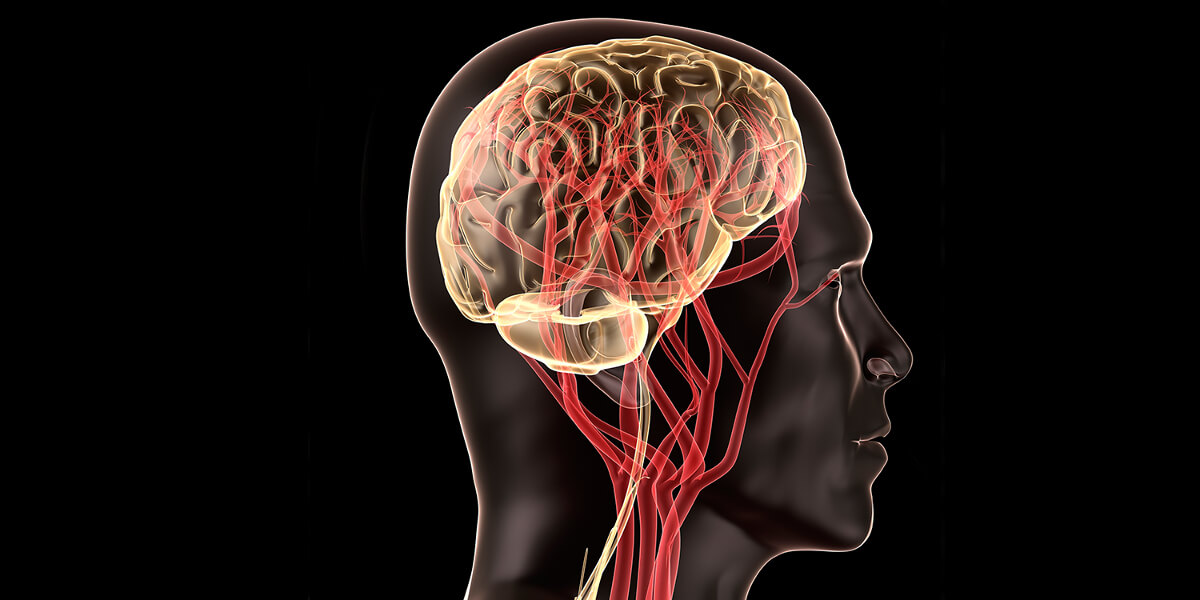
Are we getting closer to a complete brain mapping? New devices explore more regions safely
By Breanne Grady, April 13, 2018, viterbischool.usc.edu
Researchers have developed thin, flexible polymer-based materials that record activity in more subregions of the brain with safer, more specific placement.
Science has yet to unravel a complete understanding of the brain and all its intricate workings. It’s not for lack of effort.
Over many decades, multiple research studies have sought to understand the dizzying “talk,” or interconnectivity, between thousands of microscopic entities in the brain, in particular neurons. The goal: to one day arrive at a complete brain “mapping” — a feat that could unlock tremendous therapeutic potential.
Researchers at the USC Viterbi School of Engineering have developed thin, flexible polymer-based materials for use in microelectrode arrays that record activity more deeply in the brain and with more specific placement than ever before. What’s more is that each microelectrode array is made up of eight “tines,” each with eight microelectrodes which can record from a total 64 subregions of the brain at once.
Same Quality, More Safety
In addition, the polymer-based material, called Parylene C, is less invasive and damaging to surrounding cells and tissue than previous devices comprised of silicon or microwires. However, the long and thin probes can easily buckle upon insertion, making it necessary to add a dissolvable brace made up of polyethylene glycol (PEG) that prevents it from bending.
Professor Ellis Meng of the USC Viterbi Department of Biomedical Engineering said that the performance of the new polymer-based material is on par with microwires in terms of recording fidelity and sensitivity. “The information that we can get out is equivalent, but the damage is much less,” Meng said. “Polymers are gentler on the brain, and because of that, these devices get recordings of neuronal communication over long periods of time.”
As with any prosthetic implant, caution must be exercised in terms of the body’s natural immune response to a foreign element. In addition to inflammation, previous microelectrode brain implants made of silicon or microwires have caused neuronal death and glial scarring, which is damage to connective tissue in the nervous system. However, Parylene C is biocompatible and can be microfabricated in extremely thin form to mold well to specific subregions of the brain, allowing for exploration with minimal damage.
Listening In
So far, these arrays have been used to record synaptic responses of individual neurons within the hippocampus, a part of the brain responsible for memory formation. If injured, the hippocampus may be compromised, resulting in a patient’s inability to form new memories. Meng, a faculty member of the Michelson Center for Convergent Bioscience, said that the polymer-based material can conform to a specific location in the hippocampus and “listen in on a conversation” between neurons. Because there are many such “eavesdroppers” (the microelectrodes), much more information about their interconnectivity can be gleaned.
“I can pick where I want my electrodes to be, so I can match up to the anatomy of the brain,” Meng, the Dwight C. and Hildagarde E. Baum Chair, said. “Along the length of a tine, I can put a group of electrodes here and a group of electrodes there, so if we plant to a certain depth, it’s going to be near the neurons I want to record from.”
Up Next
Future research will determine the recording lifetime of polymer-based arrays and their long-term “signal-to-noise” (SNR) stability. Also, the team plans to create devices with even higher density, including a double-sided microelectrode array with 64 electrodes per tine instead of eight — making for a total of around 4,000 electrodes placed in the brain at once.
In addition to Meng, Professor Ted Berger, the David Packard Chair in Engineering, and Research Professor Dong Song (both of the USC Viterbi School of Engineering) were co-authors along with Ph.D. students Huijing Xu and Ahuva Weltman Hirschberg and post-doctoral scholar Kee Scholten. Funding was provided be the National Science Foundation (NSF) and the National Institutes of Health (NIH). The study titled “Acute in vivo testing of a conformal polymer microelectrode array for multi-region hippocampal recordings” now published in the Journal of Neural Engineering.
About the Michelson Center
The USC Michelson Center for Convergent Bioscience brings together a diverse network of premier scientists and engineers under one roof, thanks to a generous $50 million gift from orthopedic spinal surgeon, inventor and philanthropist Gary K. Michelson, and his wife, Alya Michelson. At the Michelson Center, scientists and engineers from the USC Dornsife College of Letters, Arts and Sciences, USC Viterbi School of Engineering and Keck School of Medicine of USC are working to solve some of the greatest intractable problems of the 21st century in biomedical science, including a fundamentally new understanding of the cell and new approaches for cancer, neurological and cardiovascular disease.

